Ventilation - Wolf or Vent-a-Hood?
dogmother
14 years ago
Featured Answer
Sort by:Oldest
Comments (27)
mississippirose
14 years agoantss
14 years agoRelated Professionals
Four Corners Kitchen & Bathroom Designers · Grafton Kitchen & Bathroom Designers · Palmetto Estates Kitchen & Bathroom Designers · Vineyard Kitchen & Bathroom Designers · Feasterville Trevose Kitchen & Bathroom Remodelers · Normal Kitchen & Bathroom Remodelers · Hunters Creek Kitchen & Bathroom Remodelers · Lomita Kitchen & Bathroom Remodelers · Mesquite Kitchen & Bathroom Remodelers · Rancho Cordova Kitchen & Bathroom Remodelers · Richland Kitchen & Bathroom Remodelers · Toms River Kitchen & Bathroom Remodelers · Ham Lake Cabinets & Cabinetry · Middletown Cabinets & Cabinetry · University Park Cabinets & Cabinetrybetsy_anne
14 years agosalmon_slayer
14 years agogenie73
14 years agosfjeff
14 years agoTim Sutherland
14 years agogenie73
14 years agosfjeff
14 years agogenie73
14 years agorazamatazzy
14 years agowa8b
14 years agoUser
14 years agovernac00per
12 years agonorma castelo
7 years agokaseki
7 years agokaseki
7 years agonorma castelo
7 years agoWindhorst Chandler
7 years agoWindhorst Chandler
7 years agomalti uk
5 years agoguytonsc
3 years agokaseki
3 years agoguytonsc
3 years agoopaone
3 years agokaseki
3 years agolast modified: 3 years ago
Related Stories

KITCHEN DESIGNHow to Choose the Right Hood Fan for Your Kitchen
Keep your kitchen clean and your home's air fresh by understanding all the options for ventilating via a hood fan
Full Story
KITCHEN DESIGNA Cook’s 6 Tips for Buying Kitchen Appliances
An avid home chef answers tricky questions about choosing the right oven, stovetop, vent hood and more
Full Story
KITCHEN APPLIANCESThe Many Ways to Get Creative With Kitchen Hoods
Distinctive hood designs — in reclaimed barn wood, zinc, copper and more — are transforming the look of kitchens
Full Story
KITCHEN DESIGNWhat to Know When Choosing a Range Hood
Find out the types of kitchen range hoods available and the options for customized units
Full Story
KITCHEN APPLIANCESLove to Cook? You Need a Fan. Find the Right Kind for You
Don't send budget dollars up in smoke when you need new kitchen ventilation. Here are 9 top types to consider
Full Story
5 Stunning Modern Range Hoods
Today's kitchen range hoods can look like sleek sculptures. Here's what to look for when you go shopping for one
Full Story
KITCHEN APPLIANCESWhat to Consider When Adding a Range Hood
Get to know the types, styles and why you may want to skip a hood altogether
Full Story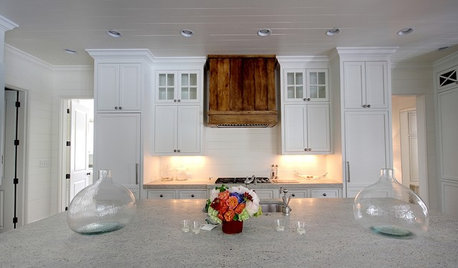
KITCHEN DESIGNWood Range Hoods Naturally Fit Kitchen Style
Bring warmth and beauty into the heart of your home with a range hood crafted from nature's bounty
Full Story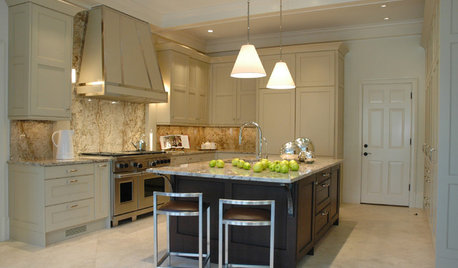
KITCHEN DESIGN8 Industrial-Luxe Kitchen Hood Styles
Make a Statement with Show-Stopping Metal Range Hoods
Full Story
CONTRACTOR TIPSBuilding Permits: 10 Critical Code Requirements for Every Project
In Part 3 of our series examining the building permit process, we highlight 10 code requirements you should never ignore
Full Story





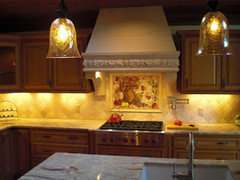


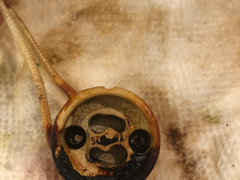
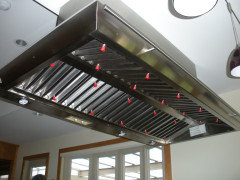

kaseki